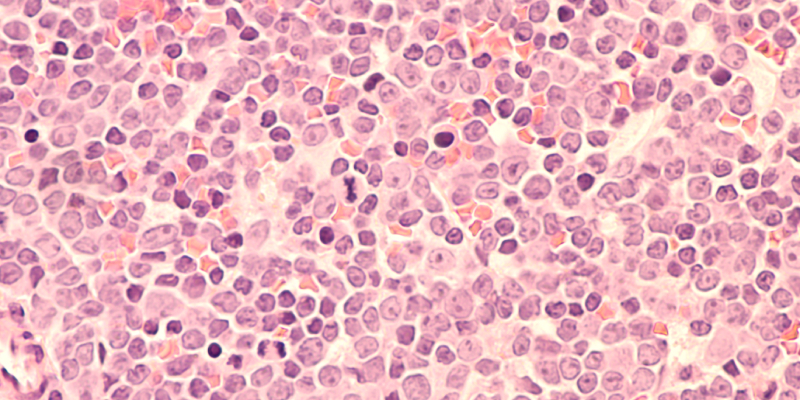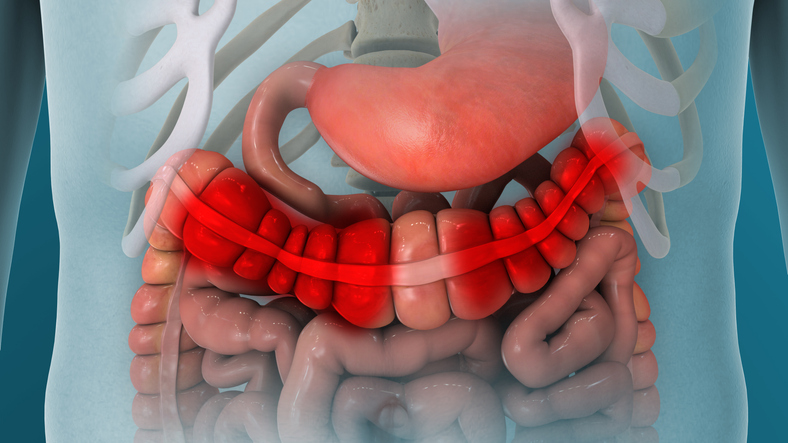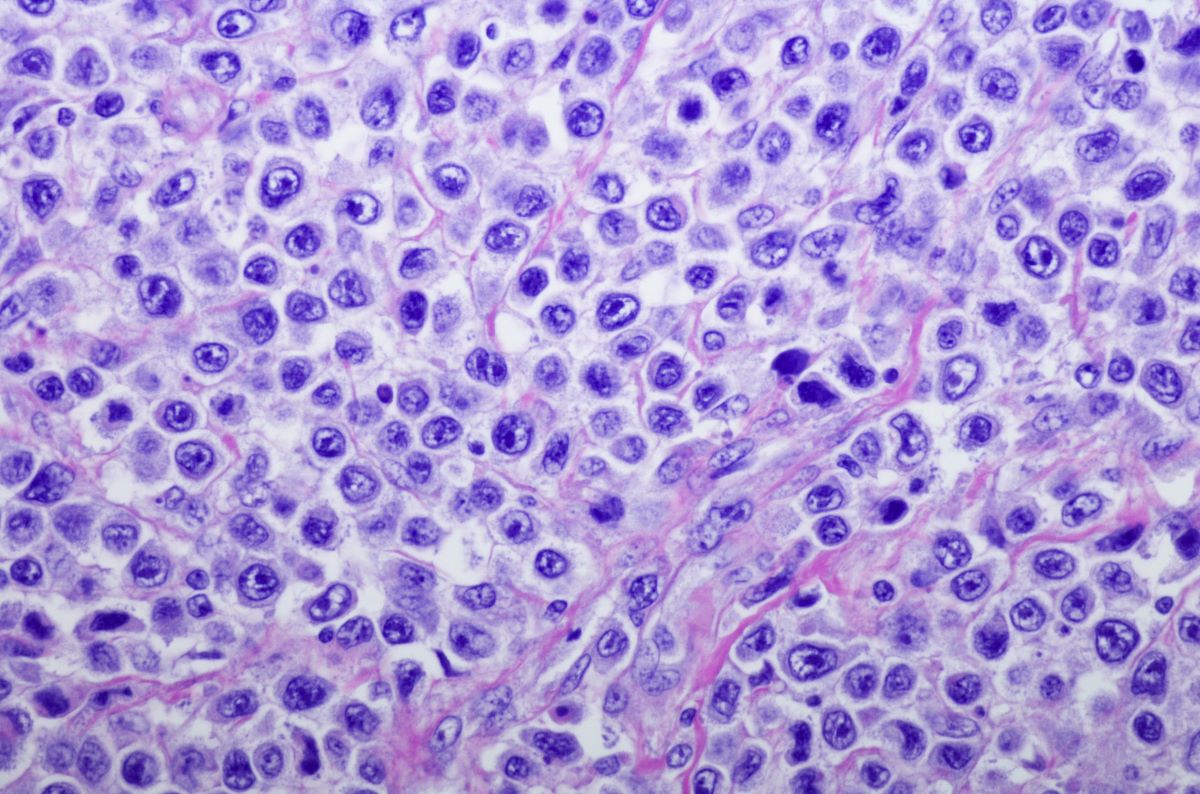
Data from long-term (≥40 months) follow-up of the ZUMA-12 trial showed high durable response rates and no new safety issues in patients with large B-cell lymphoma (LBCL) treated with axicabtagene ciloleucel (axi-cel). The results were presented at the 65th ASH Annual Meeting and Exposition.
The phase II, multicenter, single-arm study is assessing axi-cel for frontline treatment in patients with high-risk LBCL with MYC and BCL2 and/or BCL6 rearrangements. Patients underwent leukapheresis, followed by lymphodepleting chemotherapy (cyclophosphamide and fludarabine) and then a single infusion of axi-cel 2×106 cells/kg.
As of May 3, 2023, 42 patients were enrolled and 40 were treated with axi-cel, with a median follow-up of 40.9 months (range, 29.5–50.2). In this cohort, 37 patients had available response data. The complete response (CR) rates was 86% (95% CI, 71-95), and 92% (95% CI, 78-98) of patients had an objective response. Among the 10 patients with centrally confirmed double- or triple-hit histology, the CR rate was 90%.
At data cutoff, responses were ongoing in 73% of patients. Median duration of response, event-free survival, progression-free survival, and overall survival were not reached; the 36-month estimates were 82%, 73%, 75%, and 81%, respectively.
All patients treated with axi-cel experienced an any-grade adverse event, and 88% of patients had grade ≥3 adverse events. The most common any-grade adverse events were pyrexia (100%), headache (70%), and decreased neutrophil count (55%). No new cases of cytokine release syndrome or neurologic events occurred since the prior data readout.
Nine patients experienced any-grade prolonged cytopenias, and all were resolved by data cutoff. Eight deaths occurred, attributed to progressive disease (n=5) and other causes not related to axi-cel (n=3), according to the researchers. Two deaths (progressive disease and esophageal adenocarcinoma) occurred after the primary analysis.
Post-infusion chimeric antigen receptor T-cell expansion by peak and area under the curve were 36.9 cells/µL and 368.0 cells/µL×days, respectively, in those with ongoing responses at data cutoff (n=17), 45.1 cells/µL and 413.4 cells/µL×days in those who relapsed (n=6), and 34.7 cells/µL and 566.8 cells/µL×days in those who did not respond (n=3).
“Axi-cel may benefit patients exposed to fewer prior therapies and those with high-risk LBCL, a population with high unmet need and poor outcomes after standard first-line chemoimmunotherapy,” the researchers concluded.
Reference
Cook MR, Shouval R, Perales MA, et al. Real-world evidence in the United States (US) of the impact of bridging therapy prior to axicabtagene ciloleucel (axi-cel) for the treatment of relapsed or refractory large B-cell lymphoma (R/R LBCL). Abstract #103. Presented at the 65th ASH Annual Meeting and Exposition; December 9-12, 2023; San Diego, California.






 © 2025 Mashup Media, LLC, a Formedics Property. All Rights Reserved.
© 2025 Mashup Media, LLC, a Formedics Property. All Rights Reserved.